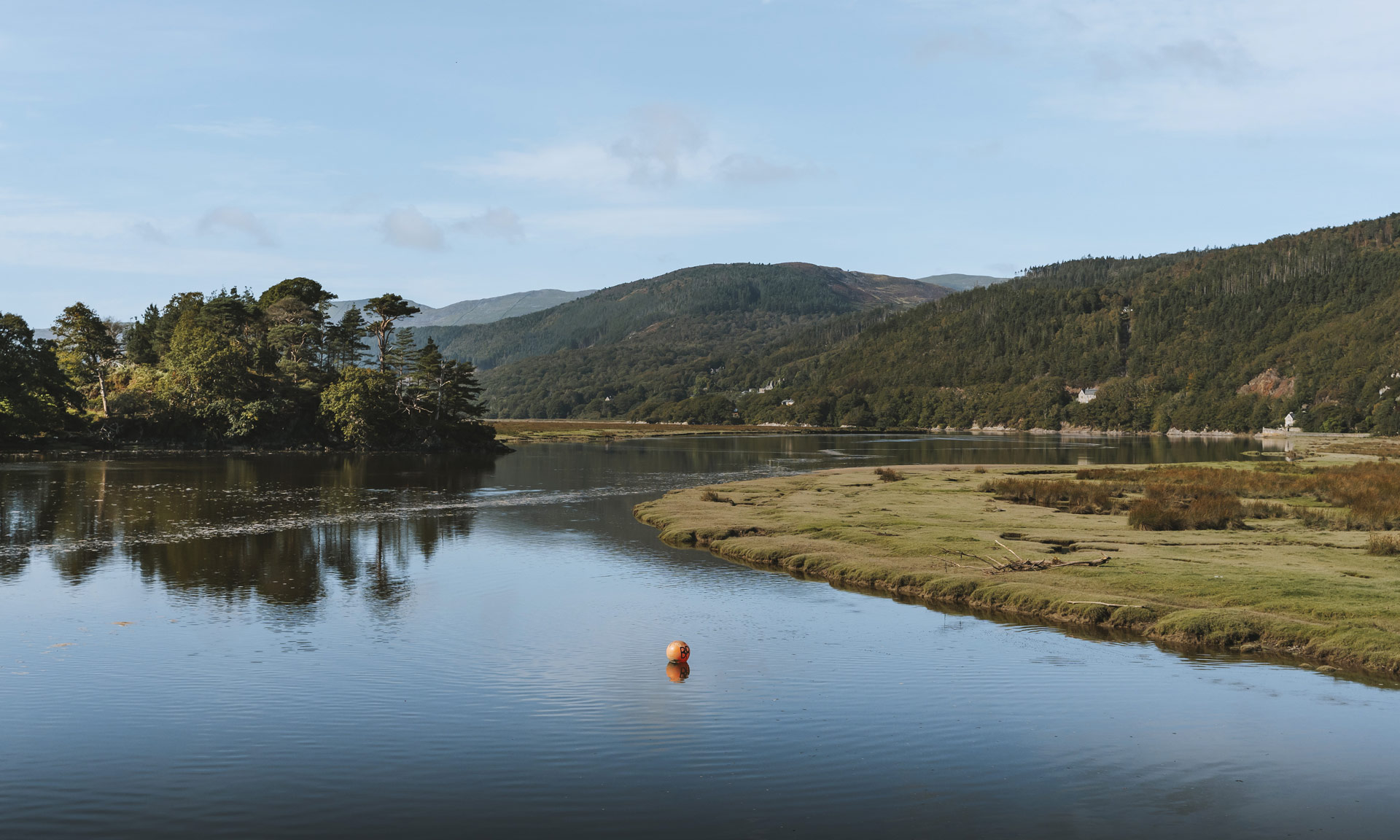To continue our journey through the southern regions of Eryri National Park, we now turn our attention to Trawsfynydd.
Hedd Wyn: A Poet and a symbol
Born in this peaceful corner of Wales, Hedd Wyn, the bardic name of Ellis Humphrey Evans, was a poet and a shepherd, living a simple rural life. However, the outbreak of the First World War brought drastic changes. In 1916, the impact of conscription reached Yr Ysgwrn, Hedd Wyn’s family farmhouse. Despite his reluctance, Ellis had to join the war effort. Tragically, he was killed on the first day of the Battle of Passchendaele on July 31, 1917, a battle known for its immense horror and loss. In the months leading up to the battle, Hedd Wyn submitted his entry to compete for the Chair of the Birkenhead National Eisteddfod. On September 6, it was announced on the Eisteddfod stage that Hedd Wyn had won but had been killed ‘somewhere in France’. The Chair was covered in black cloth and has been known ever since as the Black Chair.
Yr Ysgwrn: A living memorial
Yr Ysgwrn, Hedd Wyn’s family farmhouse, remains mostly unchanged from his time, offering a glimpse into early 20th-century Welsh rural life. Thanks to funding from the National Heritage Memorial Fund, National Lottery Heritage Fund and the Welsh Government, Yr Ysgwrn has been sensitively restored and is now owned and managed by the Eryri National Park Authority. Visiting Yr Ysgwrn serves as a poignant reminder of the cost of war and the cultural heritage of Wales. People from all over come to pay their respects and see the Black Chair, a powerful symbol of a generation lost.
Click here to visit the Yr Ysgwrn website.
Gerald Williams: Custodian of the legacy
Gerald Williams, born in Yr Ysgwrn in 1929, was the nephew of Hedd Wyn. He dedicated his life to preserving his uncle’s legacy and the farmhouse’s history. Gerald’s commitment to “keeping the door open” to visitors ensured that Hedd Wyn’s story remained alive in the Welsh national memory. Thanks to the tireless work undertaken by Gerald and his family, the Welsh national memory of Hedd Wyn and the generation of Welsh youth lost during the First World War was kept alive. Yr Ysgwrn is a peaceful, cultural memorial, a true tribute to the outstanding work accomplished by Gerald and his family. Gerald’s unique character, sharp wit and wonderful ability to communicate with visitors of all ages and backgrounds created a truly unique visitor experience at Yr Ysgwrn.
You can read more about Gerald Williams and his life on the Yr Ysgwrn website.
A hub of military and industrial history
As we delve deeper into the history of Trawsfynydd, we uncover fascinating layers of its military and industrial past. A small military camp was established at Bryn Golau at the turn of the 20th century, which marked the beginning of the military presence in Trawsfynydd. In 1906, the War Office expanded its presence by establishing a larger, more permanent site at Rhiw Goch, further south. The War Department forced the purchase of land from locals, developing the camp into an artillery practice area for both the Regular and Territorial Army. By the time of the First World War, the camp provided accommodation for soldiers, serving as an artillery range, and functioning as a prisoner-of-war camp.
World War II and beyond
During World War II, the camp saw further development with more permanent structures replacing the earlier tents. It once again served as a POW camp, this time mainly for Italian prisoners. Post-1945, although the camp’s importance waned, it continued to be used as a firing range for disposing of unused ammunition. By 1948, the Trawsfynydd Artillery Range extended over 8,403 acres. However, the camp’s military role eventually ended in 1957-8. It was promptly repurposed to accommodate over 800 construction workers involved in building the Trawsfynydd Power Station.
From hydroelectric to nuclear
Before the construction of the nuclear power station, the mid-1920s saw significant industrial activity with the establishment of the Maentwrog hydro-electric power station. The North Wales Power Company bought land, and by October 1928, the station was operational. Four dams were constructed to create Llyn Trawsfynydd, providing the necessary water supply. The construction of the Trawsfynydd nuclear power station, known as Atomfa Trawsfynydd, began in July 1959 and was completed by October 1968.
Llyn Trawsfynydd
Llyn Trawsfynydd is Wales’ largest reservoir, adjacent to the A470 trunk road, situated between the towns of Porthmadog and Dolgellau. Covering approximately 1,200 acres and stretching for about 5 miles, Llyn Trawsfynydd is a haven for fishing enthusiasts. The reservoir is home to a healthy population of natural wild brown trout and is regularly stocked with high-quality rainbow trout. Anglers can also find a variety of coarse fish, including Perch, Rudd, and Pike. The shores and islands of the reservoir are alive with diverse waterfowl, and it is not uncommon to spot the majestic ospreys making occasional visits.
A visit to Trawsfynydd is not just a trip to a picturesque village, but a step into the heart of Wales’s historical and cultural heritage.
Stay tuned to our social media channels for updates and insights as we continue our journey through Trawsfynydd and beyond. Together, let us uncover the hidden gems and timeless treasures that await in the southern parts of Eryri National Park.


